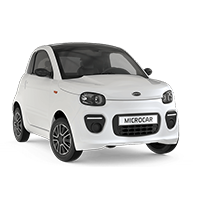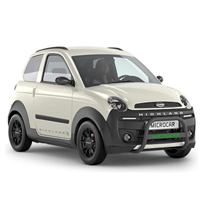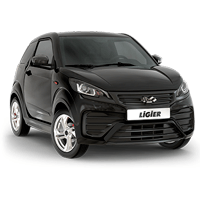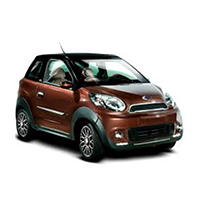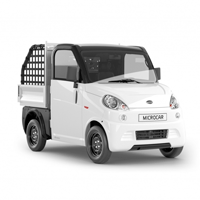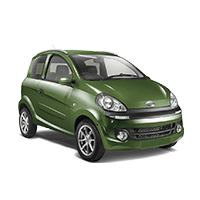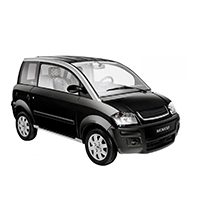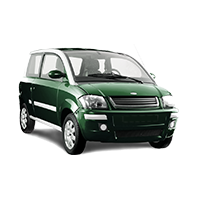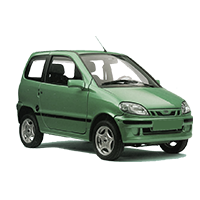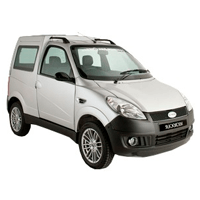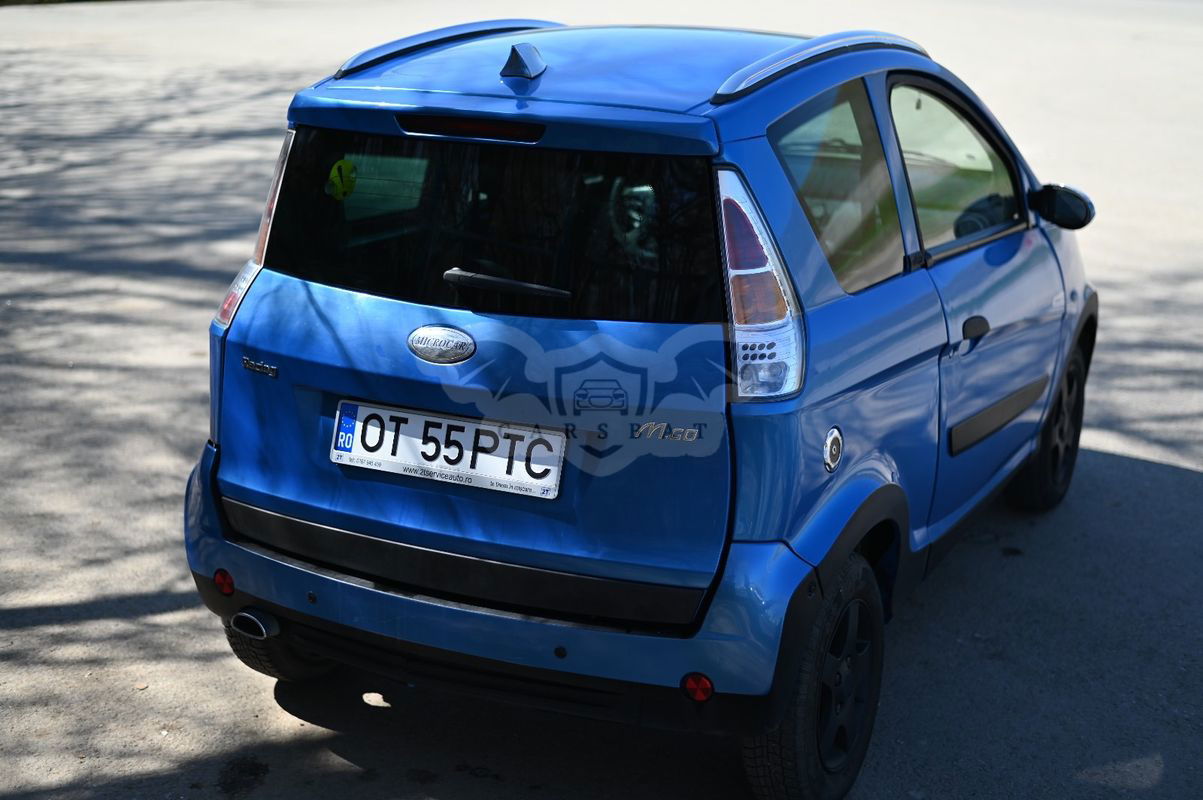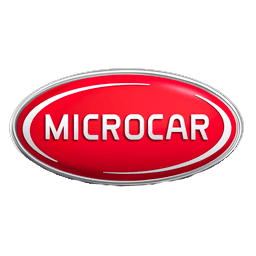
Catalog / Microcar
Microcar: Pioneering Compact Mobility Solutions for Urban Environments
Microcar, a French automobile manufacturer, has carved out a unique niche in the automotive world by specializing in microcars and light quadricycles. Founded in 1984, the company has become synonymous with compact, fuel-efficient vehicles designed primarily for urban environments.
The history of Microcar is closely tied to the evolution of European regulations regarding small, lightweight vehicles. In France, these vehicles fall under the 'voiture sans permis' (VSP) or 'car without license' category, allowing them to be driven without a full driver's license. This regulatory framework has been crucial in shaping Microcar's product lineup and market strategy.
Microcar's journey began with the production of small utility vehicles, but it quickly expanded into passenger vehicles. The company's first significant success came with the launch of the Microcar Lyra in the late 1980s, a compact two-seater that epitomized the brand's focus on urban mobility.
Throughout the 1990s and 2000s, Microcar continued to innovate, introducing models such as the Virgo, a more stylish and comfortable offering that helped broaden the appeal of microcars beyond their traditional market. The company's commitment to improving the quality and features of their vehicles played a significant role in changing perceptions about microcars, positioning them as a practical and economical transportation option rather than just a compromise for those unable to drive larger vehicles.
In 2008, Microcar was acquired by Ligier Group, another French manufacturer specializing in quadricycles and small vehicles. This merger brought together two pioneers in the microcar segment, allowing for shared expertise and resources to further advance the development of compact urban vehicles.
Some of Microcar's most notable models include:
- Microcar M.Go: A modern, stylish city car available in various configurations
- Microcar Due: A compact yet practical model often used for urban deliveries
- Microcar F8C: A more spacious option with SUV-inspired styling
- Microcar M.Cross: An off-road inspired variant for those seeking a more rugged appearance
One of Microcar's most significant contributions to the automotive industry has been its role in developing and popularizing electric and hybrid microcars. As urban areas increasingly focus on reducing emissions and congestion, Microcar's electric models have positioned the company at the forefront of sustainable urban mobility solutions.
The company has also been innovative in terms of safety, working to improve the crash protection of their vehicles despite their small size. This focus on safety has been crucial in enhancing the appeal of microcars to a broader audience, including older drivers and those living in congested urban areas.
Today, Microcar continues to evolve, adapting to changing urban landscapes and consumer preferences. The company's vehicles are particularly popular in France, Italy, and other European countries where compact, efficient transportation is highly valued. As cities worldwide grapple with issues of congestion, pollution, and the need for sustainable mobility, Microcar's approach to vehicle design and urban transportation remains highly relevant.
While Microcar may not be a household name like some larger automotive manufacturers, its impact on urban mobility and the development of the microcar segment has been significant. As the automotive industry continues to evolve towards more sustainable and space-efficient solutions, the pioneering work of companies like Microcar in the realm of compact urban vehicles is likely to gain even greater recognition and relevance.

